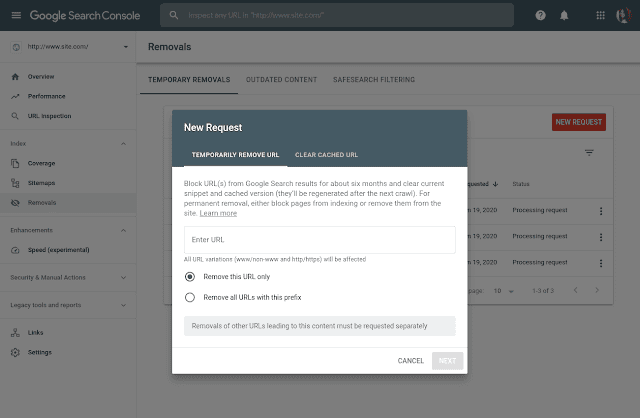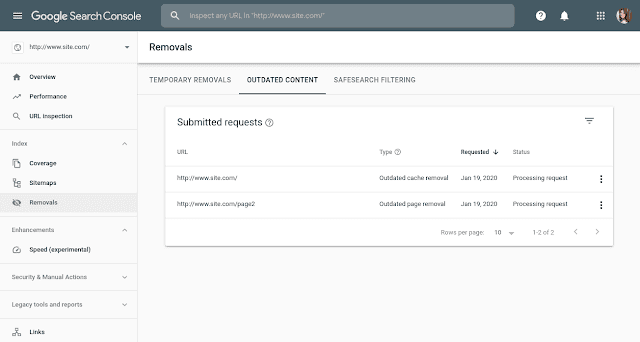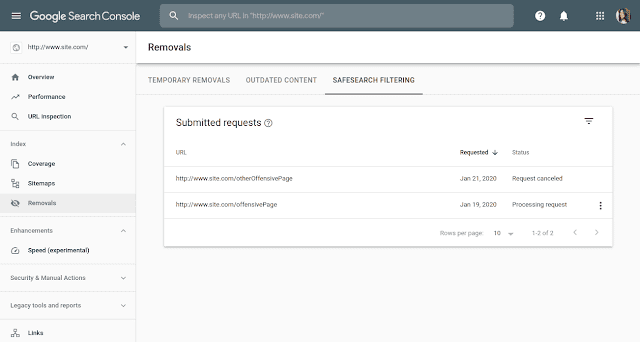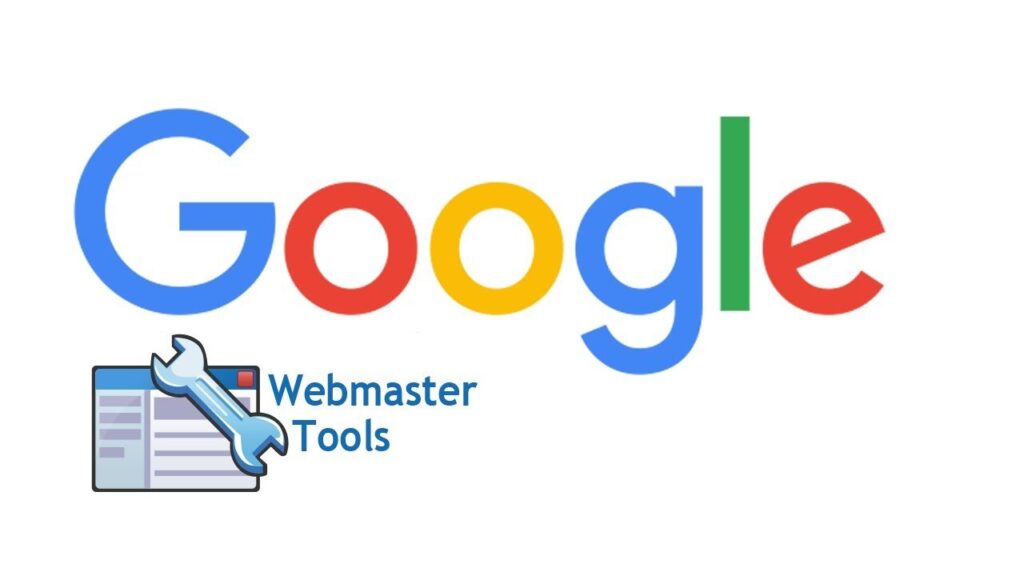Google Search Console Removals Tool
Google has launched a new removals tool within Google Search Console. This tool does three things;
(1) lets you temporarily hide URLs from showing in Google search
(2) show you which content is not in Google because it is “outdated content”
(3) shows you which of your URLs were filtered by Google’s SafeSearch adult filter.
How to access the tool. You can access the tool within Google Search Console, under the “Index” menu, labelled as “Removals.” You can also go to https://search.google.com/search-console/removals to access the tool and then select a property.
Temporary removals
Here is where you can request temporary removals of specific URLs on sites you have verified. Google said there are two types of removal requests available. (1) Temporary remove URL will hide the URL from Google Search results for about six months and clear the cached copy of the page. (2) Clear cache URL clears the cached page and wipes out the page description snippet in Search results until the page is crawled again.

Outdated content
The Outdated content section shows provides information on removal requests made through the public Remove Outdated Content tool, which can be used by anyone (not just site owners) to update search results showing information that is no longer present on a page.

SafeSearch filtering
Often SafeSearch is hard for SEOs and Webmasters to debug. Is my content being blocked because it was tagged as being adult? This tool should help you see that quickly. Google said “The SafeSearch filtering section in Search Console shows a history of pages on your site that were reported by Google users as adult content using the SafeSearch Suggestion tool. URLs submitted using this tool are reviewed, and if Google feels that this content should be filtered from SafeSearch results, these URLs are tagged as adult content.”

This tool gives SEOs, webmasters, site owners and others access to not just quickly remove content from Google search but also see why some content was removed due to third-party requests. From there you can take action to try to not just unblock content removal requests you made but also third-party requests due to outdated content or SafeSearch filtering.





